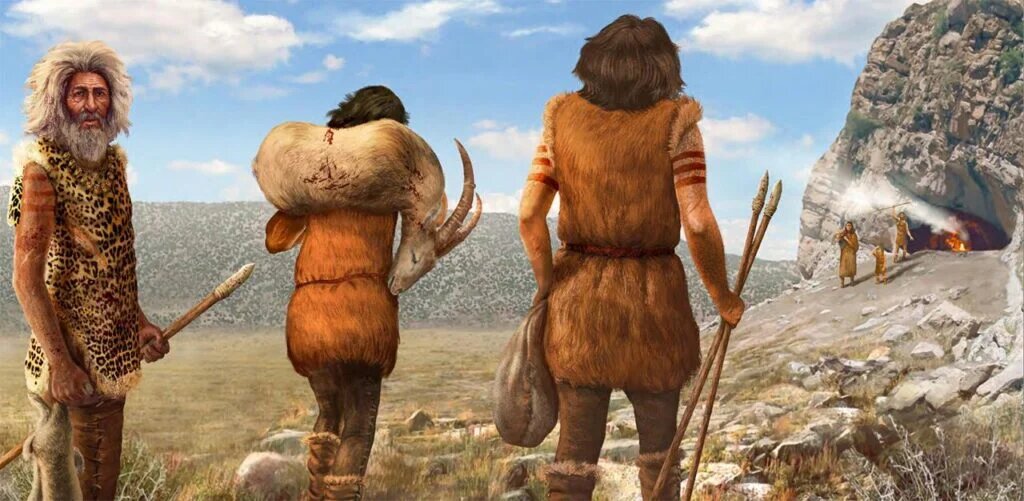University of Michigan professor congratulates Iran on UNESCO designation of Paleolithic caves

TEHRAN - Professor John D. Speth, a distinguished anthropologist and emeritus faculty member at the University of Michigan, has warmly congratulated the recent inscription of the Paleolithic caves of Iran’s Khorramabad Valley on the UNESCO World Heritage List.
Having co-directed the archaeological excavation of Kunji Cave in 1969, Speth described the international recognition as a “remarkable and prideful” achievement.
Announced on July 11, at the 47th session of the UNESCO World Heritage Committee held in Paris, the registration marks the first time a Paleolithic site in Iran has been included in the prestigious global heritage list. The designation covers five ancient caves and one rock shelter, underscoring the significance of the Khorramabad Valley in understanding early human history.
Reflecting on his fieldwork some fifty years ago, Professor Speth highlighted the valuable archaeological evidence uncovered at Kunji Cave, including Middle Paleolithic artifacts, Chalcolithic burials, and Bronze Age relics. “The findings from this site have provided researchers with critical insights into human life across multiple prehistoric periods,” he said.
Expressing personal pride, Speth stated, “It is a great honor that our research in Kunji Cave contributed to this process, leading to the recognition of the first Paleolithic complex in Iran. This is truly a source of national and scientific pride.”
Speth also reminisced about the natural beauty of Khorramabad Valley and the warm hospitality extended by the local Lur community during his excavations. “This event revives precious memories of the magnificent valley and the gracious people who welcomed us more than half a century ago,” he said.
The UNESCO inscription of the Khorramabad Valley’s prehistoric sites marks a major milestone in global efforts to preserve and promote humanity’s earliest cultural heritage in the Zagros Mountains region. It helps bring new international attention to Iran’s rich archaeological legacy and contributes to the broader understanding of Homo sapiens’ dispersal and interaction with archaic humans across Eurasia.
AM
